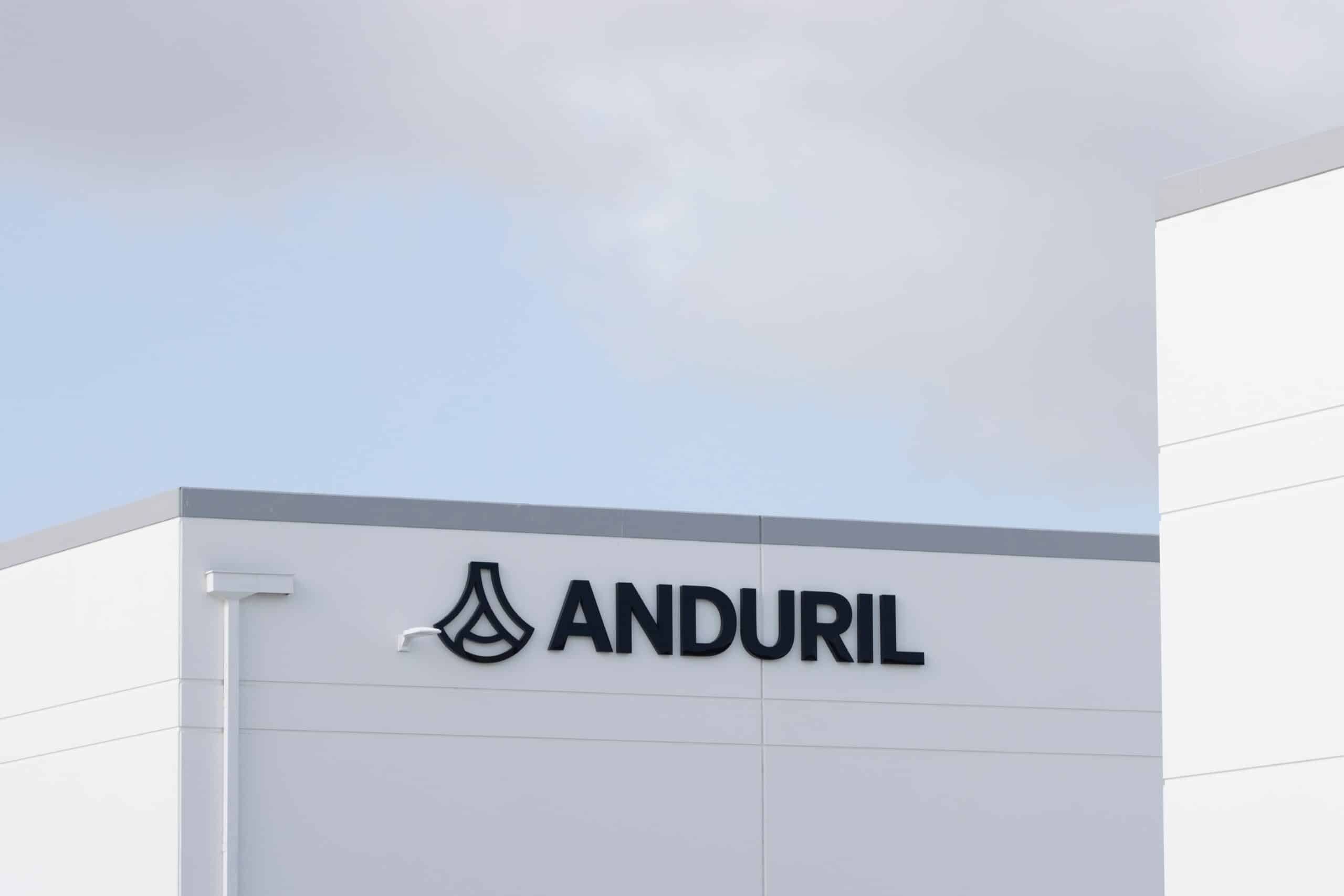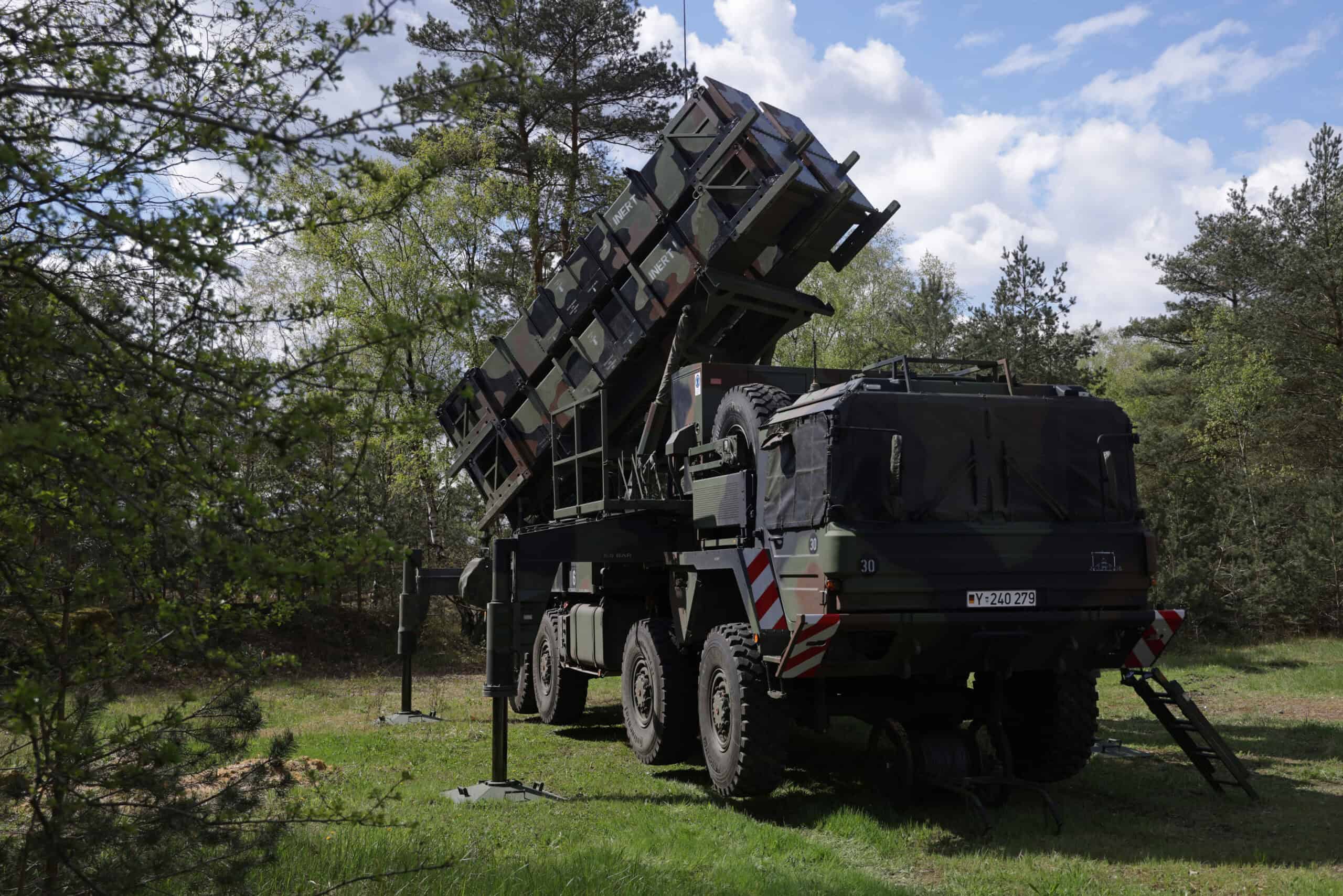
The defense technology company Anduril was founded in 2017 by Palmer Luckey (pictured) and has already made its presence felt in a landscape so long-dominated by just five companies. Taking its name from the sword wielded by Aragon in Lord of the Rings, the upstart firm seeks to cut through the fog of war with a range of autonomous products powered by Lattice, its signature operating system. This collection looks at the key details behind Anduril’s biggest products and what they could mean for the future of AI in defense.

Software
Lattice is the operating system used for all of Anduril’s products and some third-party devices. The system integrates sensors and data sources input into one user interface for more informed decision-making for commanders. While software has often been an afterthought in military hardware for other defense contractors, it is a central component of Anduril’s product line. Autonomy in military decision-making is controversial and raises many ethical questions – particularly on using lethal force – but proponents argue that it is impossibly naive to ignore the realities of modern warfare’s complexity and the dire security risks that falling behind would entail.
Sentry Towers
Anduril has developed a range of sentry towers for detecting threats from the ground, sea, and air. The most notable use has been along the US-Mexico border. As thorny a political issue as border security is in American politics, the sentry towers manufactured by Anduril have supporters from both sides of the aisle. The standard range tower can detect a person from 2.8 km (1.8 miles) away and a vehicle from 3.5 km (2.2 miles). The ‘digital wall’ is seen as a more humane and cost-effective way of securing the border than the much-maligned idea of a physical barrier.
The company also has long-range towers for detecting aerial threats up to 15 km (9.4 miles) away, maritime towers for naval use, and mobile towers for greater tactical flexibility. They can be solar-powered and adapted for use in extreme cold weather.
Unmanned Air Systems (UAS)
Road Runner
The Road Runner is an autonomous anti-drone system representing a much more cost-effective countermeasure to drones than the missile system. The Patriot (pictured) costs over $1 billion and individual missiles cost over $4 million apiece. Conversely, Iranian-built Shahed drones cost as little as $20,000 and could be used in overwhelming numbers. Presently, the Road Runner – its name is a playful jab at a competitor – has a sticker price in the “low six figures” but this is expected to drop further when it enters mass production. With a vertical take-off and autonomous operation, the Road Runner defies easy classification, it’s neither a drone nor a missile but represents the cutting edge in anti-drone warfare.

Ghost
An autonomous reconnaissance drone designed to be highly portable and easily assembled. With a flight time of 75 minutes and an operational range of 15.5 miles, it can be put together quickly on the move. The next generation Ghost-X was tested by the US military during Project Convergence, from February – March 2024.
Fury
The Fury is a group 5 (the largest) autonomous air vehicle intended for a variety of combat support roles. The Fury was initially developed by Blue Force Technologies until its acquisition by Anduril in September 2023. It was supposed to be used for training American pilots but has since expanded its scope into a Collaborative Combat Aircraft (CCA). The Pentagon intends to introduce CCA into combat roles alongside manned aircraft.

Altius
Agile-Launched-Tactically-Integrated-Unmanned-System (Altius) is a series of drones that can be used against a variety of targets. The tube-launched drone weighs just 12 kg (26 lbs) but has an impressive range of up to 270 miles. It can be deployed from the ground, air, sea, or other vehicles. Capable of being fitted with different warheads depending on the situation, its versatility is one of its main strengths. Altius-600 drones were part of the aid package sent by the US to Ukraine in February 2023. Recently, the platform has been upgraded to include loitering munitions capability. This simply means the platform can be dispatched towards a designated area until a suitable target is found.
Autonomous Underwater Vehicles (AUV)
Dive-LD
Anduril expanded its interests to the deep sea by acquiring Dive Technologies in February 2023. With over 80% of the world’s oceans still unmapped, autonomous underwater vehicles (AUV) could soon change that. The AUV developed by Anduril, the Dive-LD is capable of civilian and military missions. It can be used for surveying the ocean floor and surveillance but can also be fitted for taking out mines and enemy vessels. It can operate for up to 10 days and down to 6000 ft, allowing to access previously unreachable areas of the ocean’s floor.
Conclusion
While there are significant ethical and practical concerns around the military applications of artificial intelligence, there can be little doubt that the complexity of modern warfare is moving beyond human comprehension. The products offered by Anduril may go some way toward alleviating this problem but caution is wise. Such questions as automating the use of lethal force and the vulnerability of automated systems to cyberattacks will have to be considered carefully by legislators. As defense contractors compete to attract the best talent with civilian tech firms, the successes of Anduril may pave the way for other startups to compete with the big five and usher in a new era of innovation in national security.
The Average American Has No Idea How Much Money You Can Make Today (Sponsor)
The last few years made people forget how much banks and CD’s can pay. Meanwhile, interest rates have spiked and many can afford to pay you much more, but most are keeping yields low and hoping you won’t notice.
But there is good news. To win qualified customers, some accounts are paying almost 10x the national average! That’s an incredible way to keep your money safe and earn more at the same time. Our top pick for high yield savings accounts includes other benefits as well. You can earn up to 3.80% with a Checking & Savings Account today Sign up and get up to $300 with direct deposit. No account fees. FDIC Insured.
Click here to see how much more you could be earning on your savings today. It takes just a few minutes to open an account to make your money work for you.
Our top pick for high yield savings accounts includes other benefits as well. You can earn up to 4.00% with a Checking & Savings Account from Sofi. Sign up and get up to $300 with direct deposit. No account fees. FDIC Insured.
Thank you for reading! Have some feedback for us?
Contact the 24/7 Wall St. editorial team.





